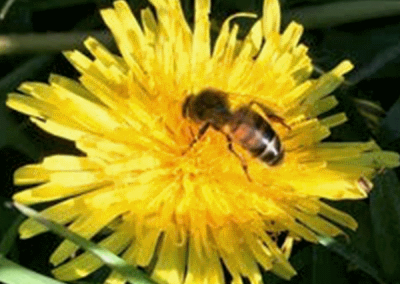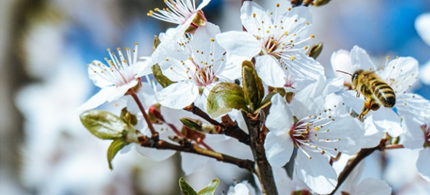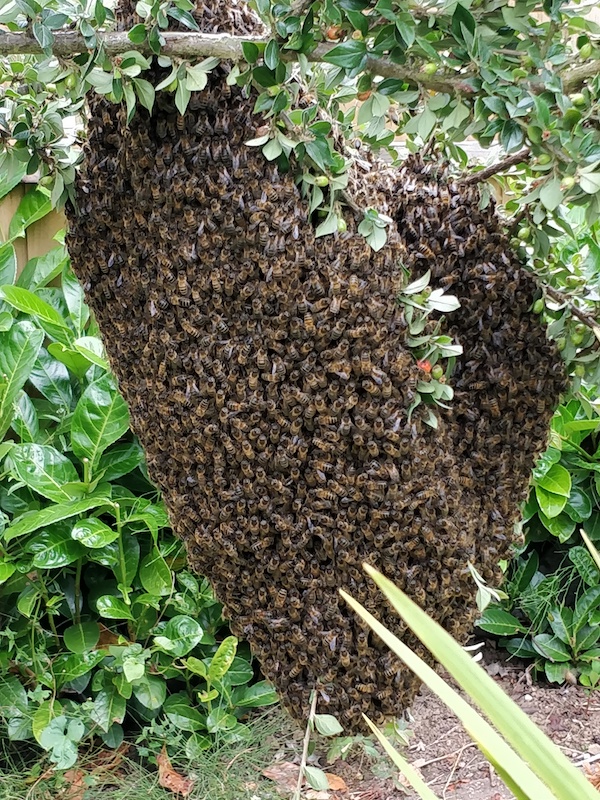Bees are amazing creatures and absolutely crucial to our everyday lives. It’s estimated that they pollinate about one third of our global food supply. So without them we wouldn’t have many foods to eat such as fruit and vegetables… or coffee to drink!
In the UK and worldwide bees are in decline due to threats including the use of toxic pesticides and loss of habitat. So let’s do our bit to help the bees.
- Plant lots of bee friendly trees, shrubs and flowers. Take a look at the British Beekeepers Association website for a list of the top ten flowers you should plant to attract honey bees
- Group several of the same plant together to save the bees’ energy – they only visit one type of plant on each forage.
- Plan to have a range of plants in flower from March to September when the bees are most active.
- Mow your lawn less often – bees love many weeds such as dandelions, clover and daisies.
- Ditch the herbicides and pesticides in your garden. Try using natural alternative products instead.
- Provide water for the bees. Put a few pebbles in a shallow dish where they can land, rest and drink.
- Buy local honey to support local beekeepers.





